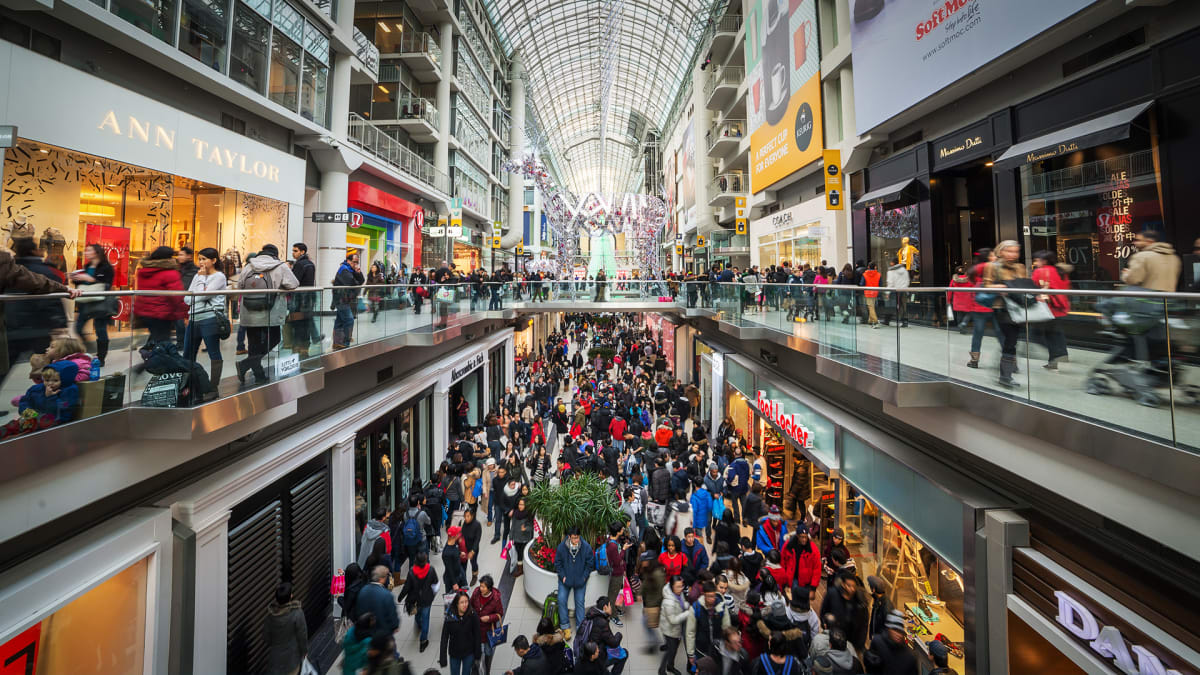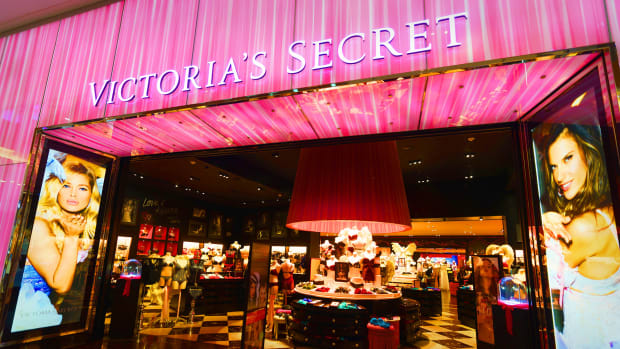
Victoria’s Secret, (VSCO) the intimate apparel maker, has seen its wings clipped in recent years as the company struggled to overcome poor sales and decreasing relevance in a market increasingly sensitive to female body images.
And now comes the ultimate indignity: Victoria’s Secret is now selling its wares through Amazon (AMZN).
“We are thrilled to be expanding our relationship with Amazon,” Greg Unis, Chief Growth Officer at Victoria’s Secret, said in a statement. “Following the success of previous product launches, we have continued to expand our assortment offering with Amazon Fashion and it remains a natural extension of our owned channels.”
Is it though? Victoria’s Secret used to pride itself on luxury and exclusivity. Selling through a mass channel like Amazon, which is also a competitor, is a tacit acknowledgement that a retailer can’t grow enough sales on its own.
Fall From Grace
The sudden fall of Victoria’s Secret is somewhat mind-boggling. At its height, the retailer dominated the intimate apparel market and occupied a rarified place in pop culture; its brand and clothing frequently showed up in films and television shows. The company even had its signature fashion show broadcast on prime time television where supermodels would strut down runways wearing the retailer’s signature angel wings.
But Victoria’s Secret ran into trouble. The company was a subject of a searing documentary about its leadership and practices. Critics accused the retailer of promoting unhealthy body images, a first step towards eating disorders like anorexia and bulimia.
“Victoria’s Secret got in a lot of trouble,” said DeAnn Campbell, head of retail strategy and insights for AAG Consulting. “The company was pretty tone deaf. It was very slow to respond.”
But the retailer also struggled to respond to shifting trends. The company primarily operates stores in malls, where dwindling traffic has prompted retailers of all kinds to abandon the format in droves. Victoria’s Secret also started to lose ground to smaller, more nimble competitors like ThirdLove, Soma, and True & Co.

Image source: Shutterstock
So Can Amazon Save the Brand?
So can selling its clothes through Amazon help save the retailer? Yes and no.
Retailers and manufacturers have adopted a love-hate relationship with Amazon. The e-commerce giant’s reach and popularity is undeniable, so struggling retailers like Victoria’s Secret really have no choice but to sell through the platform, which includes 4,000 items across Victoria’s Secret and PINK.
A once high-end brand like Victoria’s Secret really loses its luster once you can purchase it on Amazon, Campbell said. At the same time, Amazon sells plenty of its own private label clothing and accessories, which of course competes with the national brands.
The company has emerged as a formidable force as a fashion retailer. Coresight Research estimates that Amazon sold $50.6 billion in clothing, footwear and apparel accessories in the United States last year, including sales by third-party sellers on its marketplace. This makes Amazon the largest company in the market, with its apparel sales being just under 70% higher than its nearest competitor in Walmart (WMT).
Given those kinds of numbers, Victoria’s Secret can stay alive with Amazon -- at least for a little while.
“But they are really too far behind,” Campbell said. “Victoria’s Secret got caught with its pants down with really bad underwear.”







